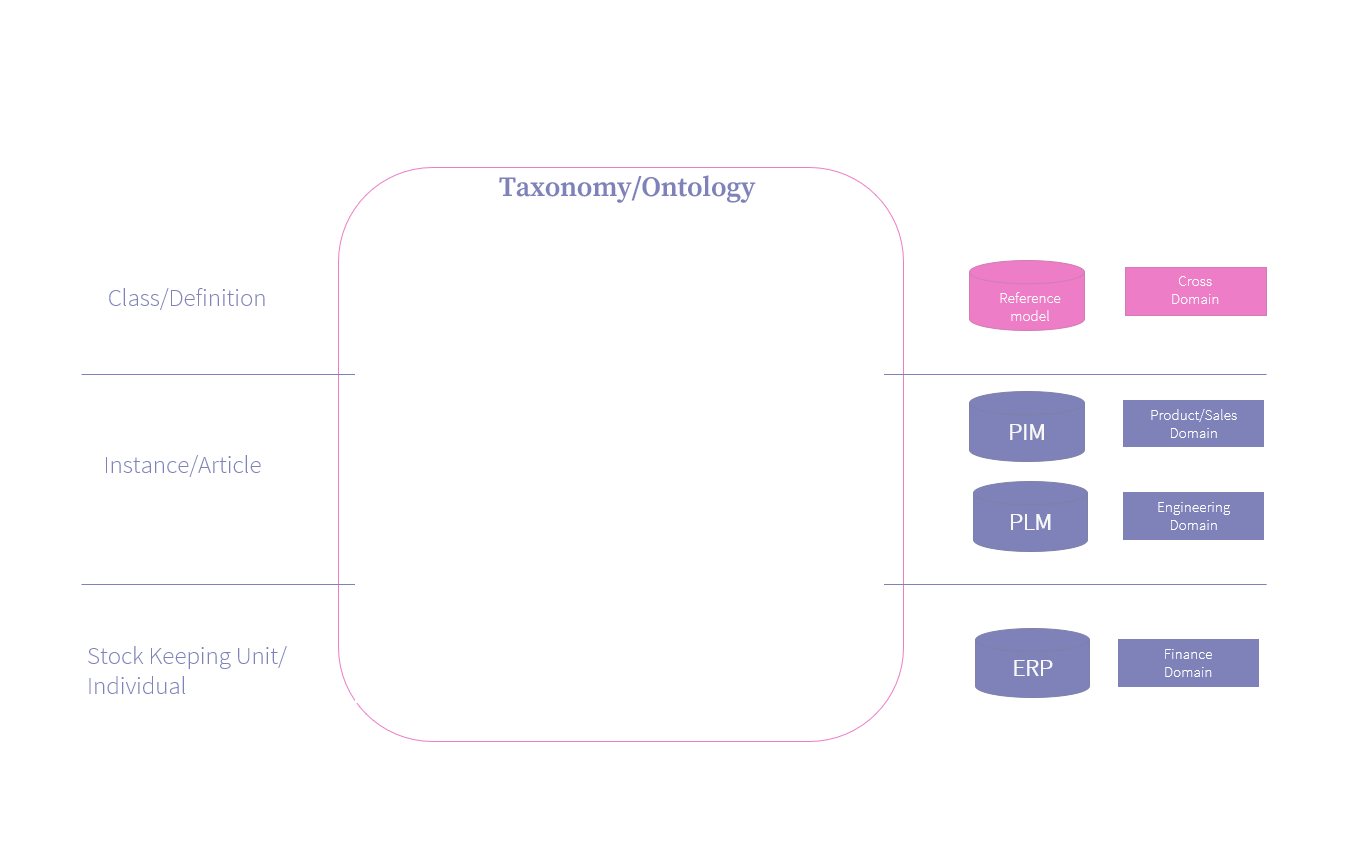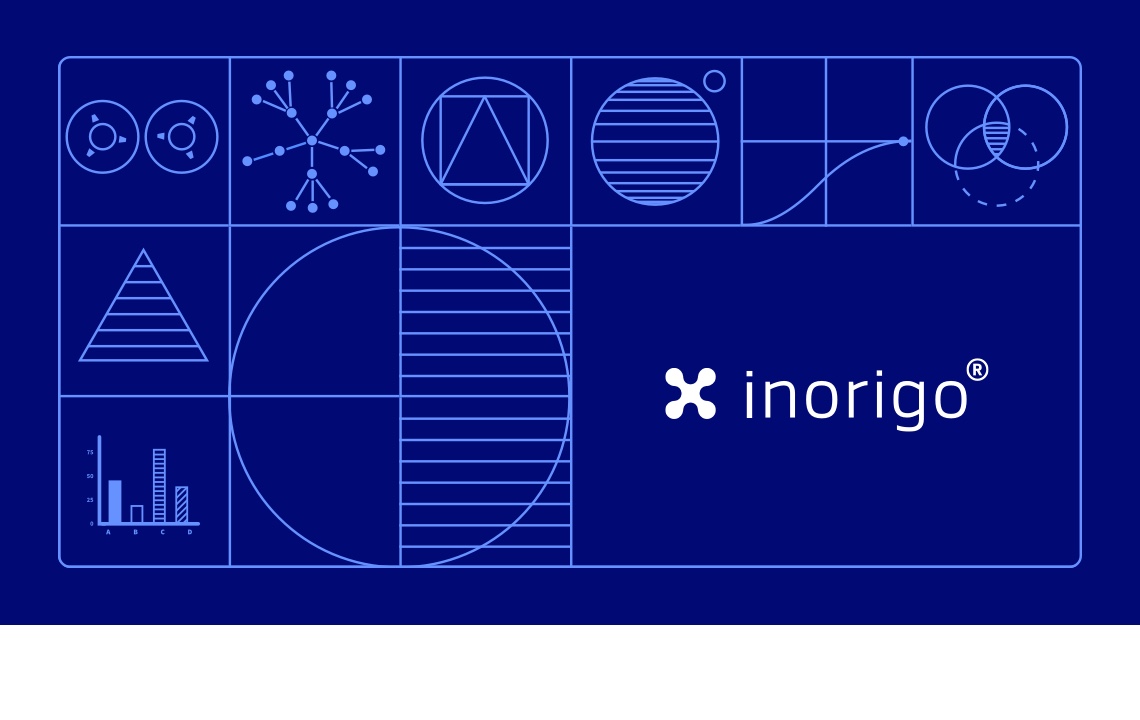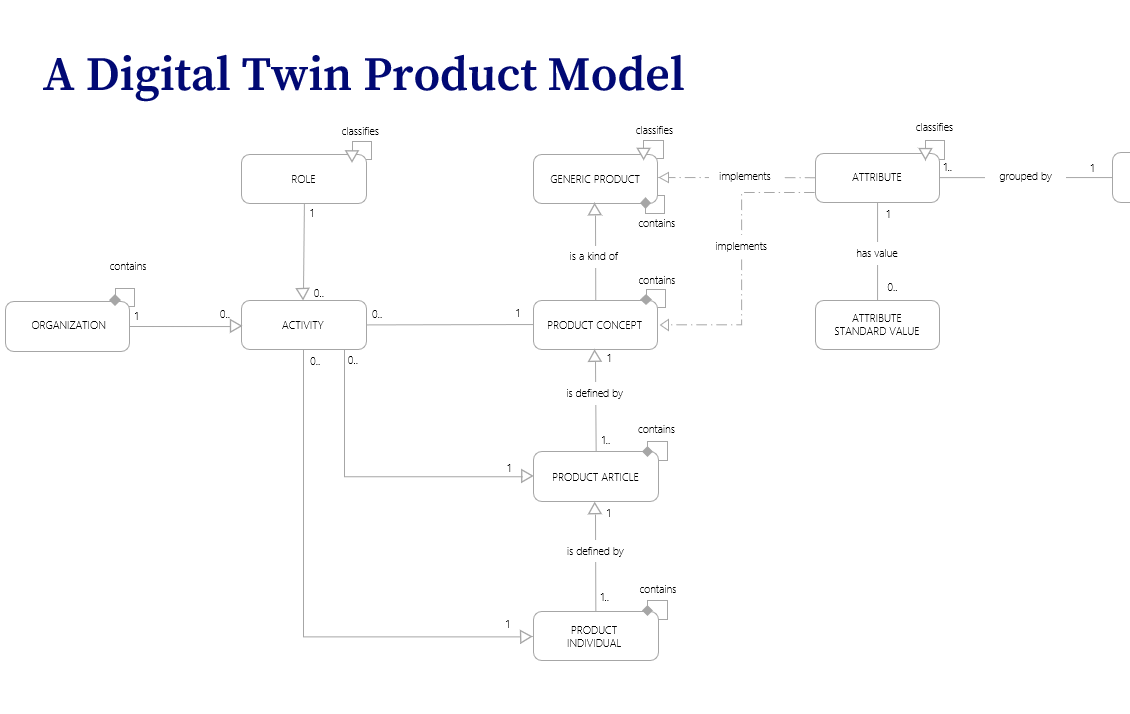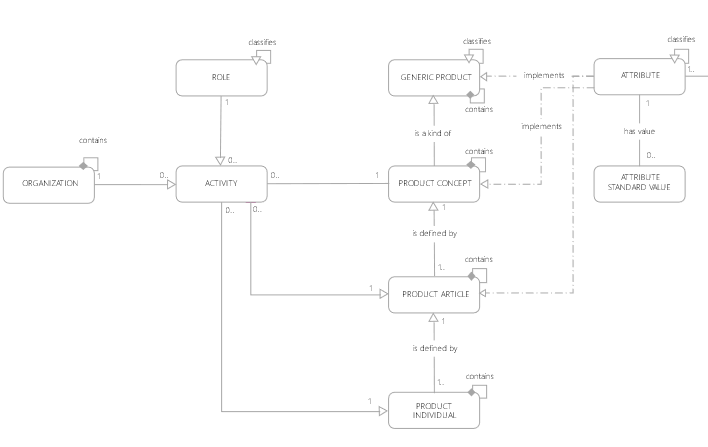7 Dec 2022
A new breed of business consultants of 2023 will know data and information modeling
Let’s start with a couple of questions to set the scene.
- Do you believe data and information are important parts of developing your business?
- Do you believe that decisions you make today will have an impact on the success of your business tomorrow?
- What are the first steps when you start developing a new product?
As a business consultant you are often faced with a wide array of tasks and topics. Many (most) include data in one form or another. Increased specialization and the drive to aggregate expertise, assign accountability and providing a sense of identity have led to increasingly siloed organizations, as discussed in the November issues 2021 of Harvard Business Review, HBR1. Organizations are adopting different methodologies (e.g., SAFe Agile, Hub and Spoke, Teal organization) to manage this and increase knowledge sharing. Increased knowledge sharing across silos enables employees to sell more and learn more.2
This brings us back to the question of the new breed of business consultants and their knowledge of data and information modeling. Can they help companies in sharing information across silos, enable growth and boost learning? And how can a business consultant provide a framework for knowledge sharing in a way which makes sense to the recipient?
A new breed of business consultants works with these questions and think differently. Consider following statements in relation to the questions previously asked.
- When you develop your business and its capabilities you should ensure that data and information are developed and structured together with the business.
- What data model you create today affects what generates the data and information that you need to make decisions on in the future.
- When you start developing a new product or construct a new building you often start with an architect/designer because they are able to design and visualize the result. This in turn ensures that everyone is aligned on the result before you start. The same goes for data and information when you work with strategic decisions changes in your organization.
If you want to ensure that all new capabilities will generate data which forms the foundation for your ability to gain insights, share knowledge and increase sales in the future, you will need to design your data model alongside your operating model. Or rather, as a part of your operating model.
To be clear, a data model in Excel only takes you to base camp. It’s a great starting point, but you will require additional skills and preparation to reach the summit.
One way of considering the role of a data model in the everyday life of a business consultant is talking about semantics. Revenue and Product are two terms often used when you work with a business consultant. But are we entirely clear on what aspects of a product the person we talk to use?
A bigger question here is: Do we talk about a Product from an Engineering, Financial or Sales perspective? For products, a Taxonomy (a logical, hierarchical structure) and an Ontology (how a Product and an Organization are connected) provides a way of establishing a language where it’s clear what context we are operating in.
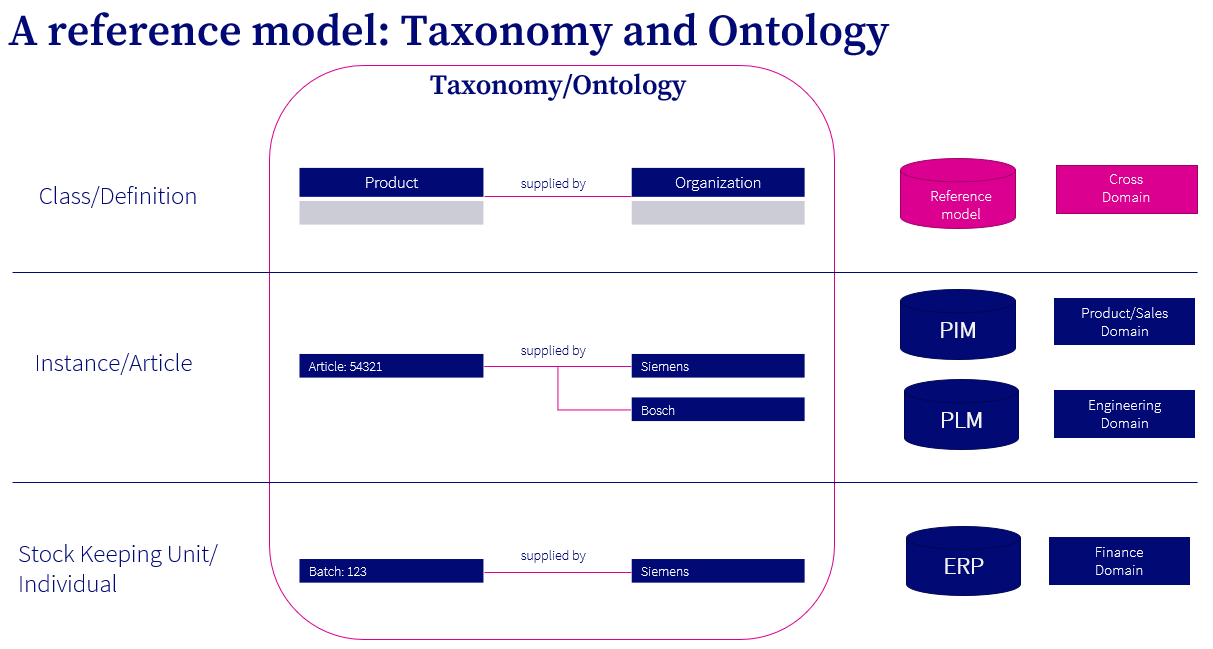
(Click on image to enlarge)
Taxonomy and Ontology are the two primary tools in the information modeling workbench that propel a business consultant close to the summit – and consequently close to summit for the customer. They allow people and functions to understand the relation between themselves. Once established, it allows data to be structured and used cross functional. A Taxonomy and Ontology works independently of systems, whilst still enhancing the capabilities of individual systems. It supports processes and provides clarity in what data and information is enriched and maintained in each step of the process. A taxonomy gives a solid framework for business, process and data to work jointly.
Well designed and put in operation, it will ensure ultimate adaptability for an organization who want to evolve over time!
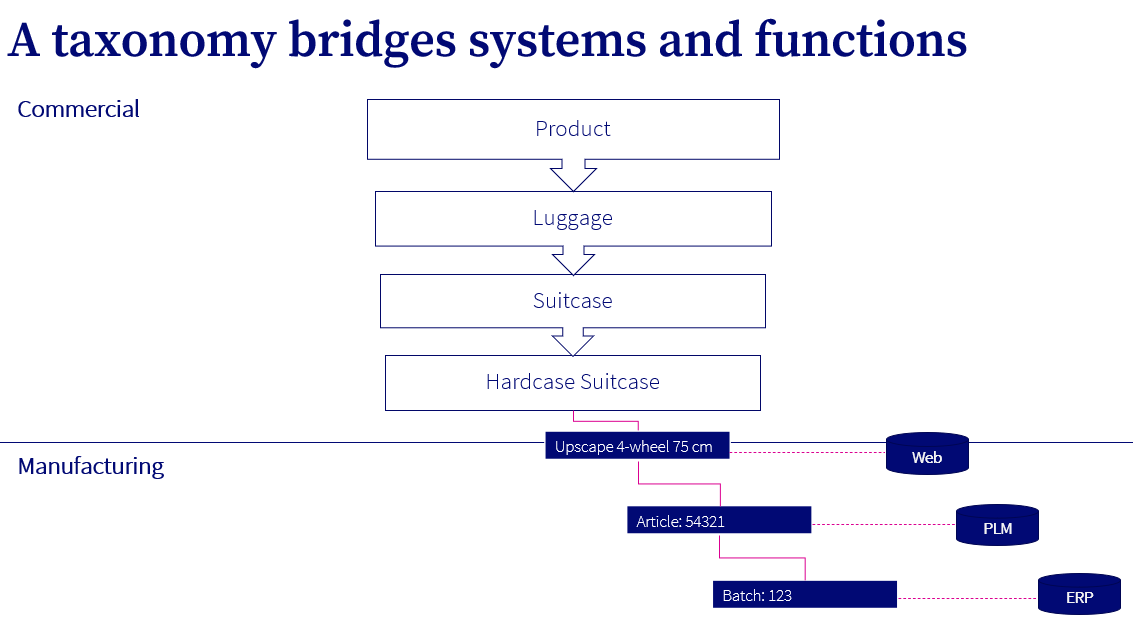
(Click on image to enlarge)
An example of this is a large manufacturing company which we at Ortelius work with. In one case, the customer was about to launch their first eBusiness solution, but they had two major concerns that caused inefficiency. 1) There was no single source of truth for their products, one and the same product could have up to seven different names depending on who you spoke to in the organization, 2) They wanted to be customer centric and thus not create an eBusiness solution based on their internal article number database (2.5 million sales items). Together with the customer, a Product Taxonomy was developed and designed outside in (“how does the world and our customers see the products we produce”-perspective) and created a single source of truth for a commercial product offering. The commercial Product Taxonomy then had relations to one or several articles rendering the ability to sell and market the same article under different names/brands in all customer facing channels without creating data redundancy across the entire data landscape. Once this was in place it was easy to start building knowledge around the products. Marketing, Sales, Patent/Trademark, Operations, Supply, Service and Product Management all had different needs on product information, but also product information from other departments. The solution enabled Service to automatically obtain information from Sales about which industries and markets the product was sold in – this improved insights and customer service efficiency, Product Management obtained information from Patent department about which products had IP protection – this minimized business risk, Marketing obtained information from Product Management about which translations were approved – this improved sales channel efficiency and time to market.
Traditional Business Consulting consists of gathering data and information, collating it and presenting it and/or implementing it to improve efficiency or increase sales for a customer. The work on structuring data and information is being done anyways, but customers are beginning to ask for more than a PowerPoint or Excel delivery. Customers are asking for a sustainable, governable way of solidifying the work already done. If the data model is created, why not take it from base camp to the summit and ensure the customers receive the value they need. This is the role of Business Consultants 2023 and onwards.
/Daniel Lundin, Head of Product & Services

Sources:
1. https://hbr.org/2021/11/making-silos-work-for-your-organization
2. https://hbr.org/2019/05/cross-silo-leadership
